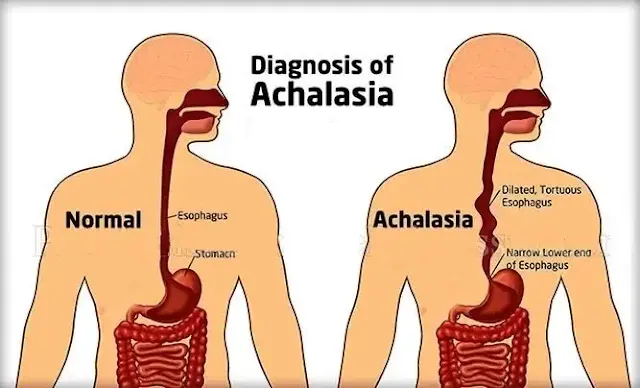Introduction
Achalasia is a rare esophageal disorder characterized by the inability of the lower esophageal sphincter (LES) to relax, leading to difficulties in swallowing food and liquids. This condition affects the muscular tube responsible for transporting food from the mouth to the stomach. In achalasia, the LES fails to relax and allow food to enter the stomach, causing food to accumulate in the esophagus. In this comprehensive article, we will explore the causes, symptoms, and treatment options for achalasia.
Understanding Achalasia
Achalasia occurs when the nerves and muscles in the esophagus become damaged, resulting in a paralyzed and dilated esophagus. The exact cause of this condition is still not fully understood, although researchers suspect it may be due to a loss of nerve cells in the esophagus. Some theories suggest that viral infections or autoimmune responses could play a role. In rare cases, achalasia can be caused by an inherited genetic disorder or infection.
Recognizing the Symptoms
The symptoms of achalasia tend to appear gradually and worsen over time. The most common symptom is dysphagia, which is the inability to swallow properly. This can feel like food or drink is stuck in the throat. Other symptoms may include regurgitation of food or saliva, heartburn, belching, chest pain, coughing at night, weight loss, and vomiting. It's important to note that these symptoms may be mistaken for gastroesophageal reflux disease (GERD), but in achalasia, the food comes from the esophagus rather than the stomach.
Diagnosing Achalasia
To diagnose achalasia, several tests are commonly used. The most sensitive test is esophageal manometry, which measures the relaxation of the lower esophageal sphincter and the strength of esophageal muscle contractions. This test helps determine the type of achalasia and guides treatment decisions. Another important diagnostic tool is a barium swallow, which involves swallowing a barium preparation and taking X-rays to evaluate the movement of the barium through the esophagus. Upper endoscopy may also be performed to rule out other conditions and assess the esophagus for any abnormalities.
Treatment Options
While there is no cure for achalasia, several treatment options can help manage the symptoms. The choice of treatment depends on the severity of the condition and the patient's preferences. Nonsurgical options include balloon dilation, medications such as nitrates and calcium channel blockers, and botulinum toxin injections. Balloon dilation involves inserting a specially designed balloon through the LES and inflating it to relax the muscle sphincter. Medications can help reduce LES pressure and relax the esophageal muscles. Botulinum toxin injections temporarily paralyze the muscles, providing relief from symptoms.
Surgical options for achalasia include laparoscopic Heller myotomy (LHM) and peroral endoscopic myotomy (POEM). LHM involves cutting the muscle fibers of the LES to improve food passage into the stomach. POEM is a minimally invasive alternative in which the muscles of the esophagus and LES are cut from within using an endoscope. Both procedures aim to relax the LES and restore normal swallowing function.
Managing Achalasia
Living with achalasia requires certain lifestyle adjustments to alleviate symptoms and improve quality of life. It is recommended to cut food into small, bite-size pieces and eat in an upright position to aid in swallowing. Laying flat should be avoided to reduce the risk of aspiration. Sleeping with the head elevated can also help prevent reflux. It is advisable to avoid eating solid foods close to bedtime. These lifestyle changes, combined with appropriate medical treatments, can help individuals with achalasia manage their symptoms effectively.
Complications and Prognosis
If left untreated, achalasia can lead to several complications. The accumulation of food in the esophagus can increase the risk of aspiration pneumonia and lung infections. In some cases, achalasia may also increase the risk of developing esophageal cancer, particularly in those with long-standing symptoms. Regular follow-up and monitoring are crucial to detect any potential complications and provide appropriate treatment. The prognosis for achalasia varies depending on the type and severity of the condition, but with proper management, most individuals can experience significant improvement in their symptoms and quality of life.
Conclusion
Achalasia is a rare esophageal disorder that affects the ability to swallow food and liquids. While the exact cause is still unknown, advancements in diagnostic tools and treatment options have improved the management of this condition. Early diagnosis and appropriate treatment can significantly alleviate symptoms and prevent complications. If you are experiencing difficulties in swallowing or suspect you may have achalasia, it is important to consult with a healthcare professional for an accurate diagnosis and personalized treatment plan. By working together with an interprofessional team, individuals with achalasia can receive comprehensive care and achieve better outcomes.

